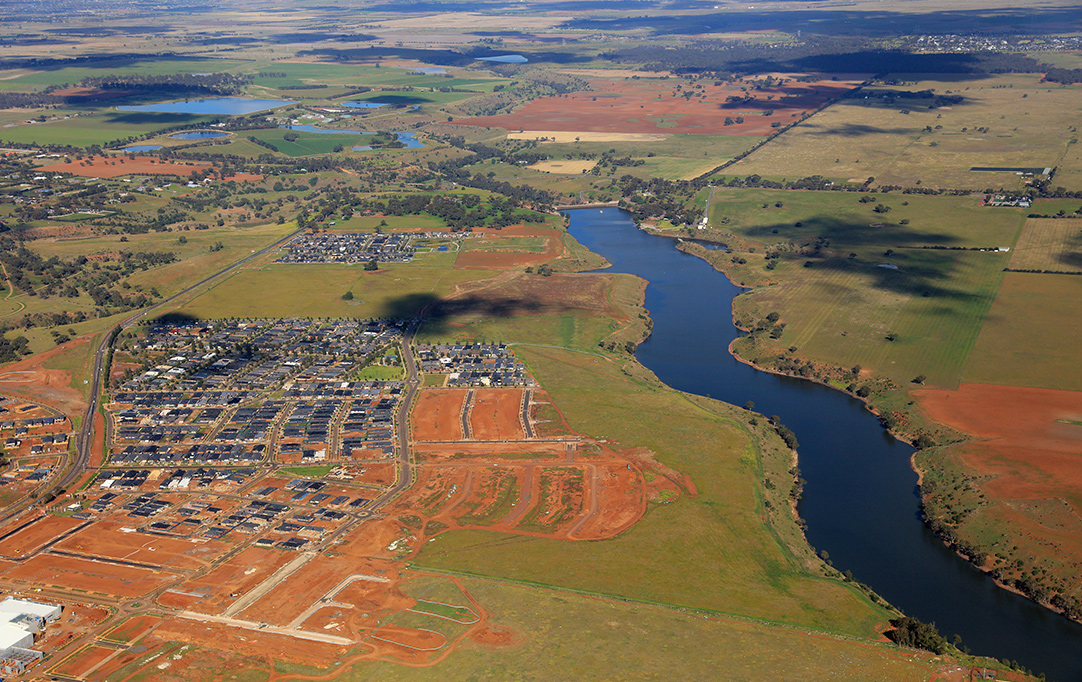Every corner of your land is valuable and it’s important you know how to determine your exact boundaries so you can start building your new home sooner. Identifying your boundary pegs is one of the first inspections you should take on your new land.
Below are your questions answered including everything you need to know about your land boundaries.
Q: What are boundary pegs?
A: Boundary pegs (also known as “survey pegs” or “lot pegs”) are used to identify your land boundaries. These boundary pegs are mandatory for each lot and are a requirement to be visible by the regulatory bodies before the sub-division can be deemed complete.
Q: How many boundary pegs should be on my land?
A: In most cases, there will be 4 survey boundary pegs in each corner of your lot.
Note: If your lot is not a traditional rectangle, you will expect to see more boundary pegs for every line break or change in direction, even a slight deviation, an additional peg will be present.
Q: Where can I find my boundary pegs?
A: To locate your boundary pegs, simply take a walk over your lot and look towards the corners. Indicator pegs should be seen sticking out of the ground where your boundary pegs will be found below. The indicator pegs may have a coloured ribbon or a painted white top with the corresponding lot number. The boundary pegs are wooden or plastic, with a flat top that should be level or almost level with the ground – be prepared to get your hands dirty to move a bit of soil or overgrown weeds so you can reach your boundary pegs.
Q: I can’t find my boundary pegs, what should I do?
A: If you can’t find your boundary pegs or your indicator pegs are missing, please contact your Estate Manager or Sales Representative ASAP.
You can contact Exford Waters Estate Manager, Cecilia Award here.
Q: Who is responsible for the boundary pegs?
A: Once settlement is complete, the pegs are now your responsibility. Your builder will need to know exactly where the boundaries are for building code regulations before they start. It is encouraged to install larger, more rigid pegs, and in some cases, consider temporary fencing to protect your land and so your boundary pegs don’t go missing.
Q: When should I check for my boundary pegs?
A: On the first visit and any time you visit your lot before settlement, check for the upright boundary pegs and let Exford Waters know straight away if any of the pegs are missing or pulled out of the ground – best to take photos each visit for reference.
Q: Can I remove my boundary pegs?
A: It is against the law to remove or reposition pegs. The exception for removal is when a fence or other structure needs to be built on the ‘zero’ lot line boundary – But leave this to your fencing contractor or registered service contractor.
Q: When will the boundary pegs be installed?
A: All boundary pegs will be present on your site as soon as the regulatory bodies approve the sub-division. Post settlement, the responsibility of the boundary pegs is handed to you, the landowner.
Q: A boundary peg is missing. What should I do?
A: If one or more pegs aren’t visible or are missing, you may have to pay for the land to be re-surveyed using GPS technology and on-site bench-marks to replace the missing pegs. A re-establishment survey will be required before a new home builder can commence construction. That’s money you could have dedicated to that just-out-of-budget pendant lights you’ve got your eye on.
Q: Can I install my own boundary pegs?
A: No. Only a licensed and registered surveyor can install and reinstall boundary pegs.
For any further enquiries about your boundary pegs, land and more, contact Exford Waters today.




